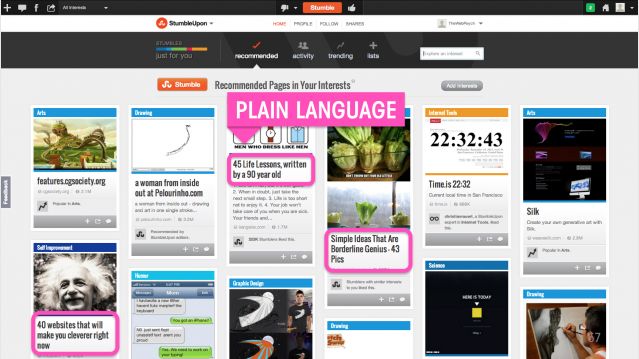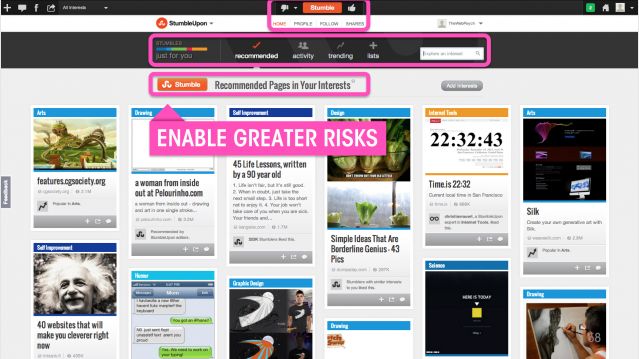Fear
How to Sell Online to Uncertainty Avoidant Cultures
Uncertainty Avoidance: How to leverage culture to sell more online.
Posted July 23, 2013

In my last post, we looked at the importance of culturability, “the relationship between culture and usability in WWW design” [1], and specifically, Individualism vs Collectivism [2], when designing online.
Professor Geert Hofstede spent over 40 years researching cultural dimensions, and this week we'll look at the fourth of these: Uncertainty Avoidance.
What are Uncertainty Avoidant / Accepting cultures?
Whether a country is more Uncertainty Avoidant or Accepting, can be determined by the degree to which they are comfortable with ambiguity [2].
A very Uncertainty Avoidant country (such as Russia) tend to be threatened by uncertainty, preferring to live by rigid codes of conduct than try risky new ventures. These cultures usually hold strict beliefs and fear the unusual, which means they find comfort in tradition, and that which is familiar.
In comparison, countries that are Uncertainty Accepting (such as China) tend to be highly adaptable, and entrepreneurial. It's no surprise that some of the most innovative countries in the world (including the US and UK) score highly in this trait. Uncertainty Accepting cultures tend also to value liberalism, and as a general rule of thumb when working with these countries, emotions should be understated.
So, how does Uncertainty Avoidance/Acceptance express itself online? And how can you use this to your advantage?
5 web design tips for Uncertainty Avoidant cultures:
- Reduce ambiguity
- Use clear navigation, and structured information
- Create a predictable, assuring user journey
- Avoid pop-ups / non-essential info
- Use explicit language and images
A great example of these principles in action is Russian goods and services website, TIU.ru:



5 web design tips for Uncertainty Accepting cultures:
- Facilitate open dialogue, use plain language
- Don’t be over-emotionally expressive
- Allow users to take greater risks
- You can use complexity, give a wider choice of actions
- Navigation can be layered
A great example of these principles in action is US website, StumbleUpon:




Want to find out more?
If you're interested in finding out more, please come back in two weeks' time when we'll be looking at the next dimension, Short- vs Long-Term Orientation.
...
[1] W. Barber and A. Badre (1998). Culturability: The merging of culture and usability. In Proceedings of the 4th Conference on Human Factors and the Web.
[2] G. Hofstede (2010). Cultures and Organizations: Software of the mind. Maidenhead: McGraw Hill.


